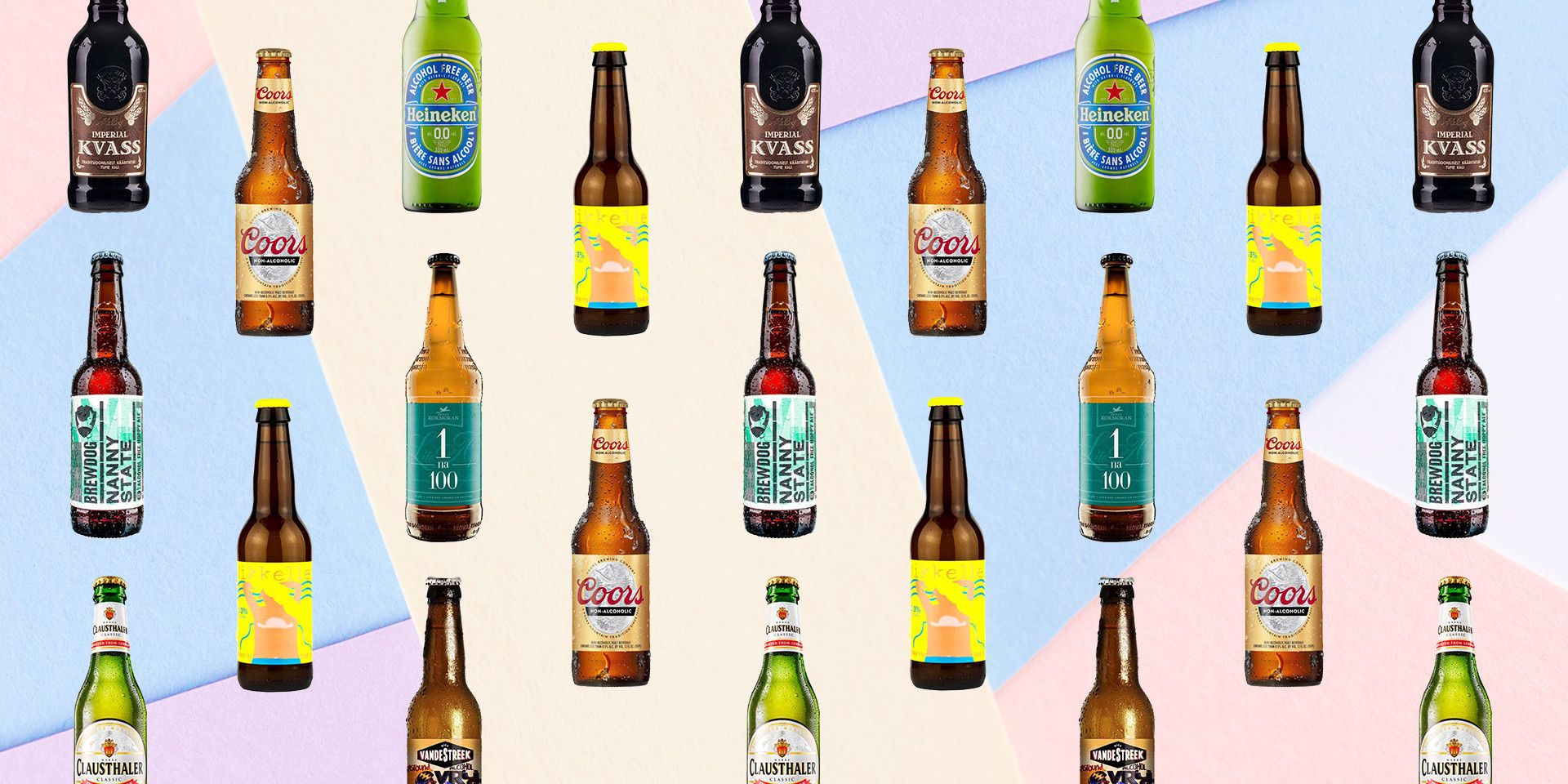Mastering the Craft of Purification: a Deep Dive Into Distillery Traditions
Exploring the detailed art of purification unveils a globe steeped in classic customs that have formed the spirits we delight in today. From the old beginnings of distillation strategies to the modern advancement of distillery devices, each action in the procedure carries with it an abundant tapestry of history and experience. As we look into the delicate equilibrium of standard versus modern distilling techniques and discover the significance of crucial ingredients, a much deeper understanding arises of the profound influence distillery traditions carry the spirits we savor.
Origins of Purification Techniques
The development of distillation methods has an abundant background that traces back to old civilizations. The origins of purification can be connected to very early civilizations such as the Mesopotamians, Egyptians, and Greeks. These ancient societies utilized fundamental purification methods for perfumery, medicine, and producing alcohols. The idea of dividing elements based upon their various boiling factors laid the structure for the innovative distillation processes we have today.
The earliest evidence of distillation go back to around 3000 BC in Mesopotamia, where clay pots were used to distill perfumes and fragrant oils. The Egyptians better progressed these techniques, utilizing distillation for medicinal purposes and embalming techniques. The Greeks, especially numbers like Aristotle and Hippocrates, added to the academic understanding of purification.
Gradually, distillation spread to regions like India, China, and the Center East, each society including its distinct touch to the craft. The development of distillation strategies proceeded via the Middle Ages and the Renaissance, ultimately leading to the varied selection of purification processes employed in modern distilleries worldwide.
Evolution of Distillery Tools
/https://static.texastribune.org/media/files/ad5ab7b80fc5f2bd06df97dde9a096d4/01%20Beer%20to%20go%20SF%20TT.jpg)
With developments in innovation and a much deeper understanding of the purification procedure, modern-day distilleries currently utilize a range of advanced devices to create spirits of the finest quality. Today, distillation devices consists of column stills, reflux stills, and hybrid stills, each created to cater to particular purification requirements. These modern stills use far better temperature guideline, boosted distillation precision, and greater performance in dividing alcohol from pollutants.
Along with stills, distilleries currently utilize advanced condensers, fermenters, and purification systems to additional refine the extract. The evolution of distillery tools continues to play a vital function fit the diverse range of spirits readily available on the market today.
Traditional Vs. Modern Distilling Practices
On the other hand, contemporary distilling techniques utilize cutting-edge technology and development to enhance manufacturing procedures and improve uniformity. Automated systems, digital controls, and modern devices make it possible for modern-day distilleries to create spirits much more effectively and with higher accuracy.
While typical distilling methods are cherished for their heritage and the unique tastes they produce, modern methods provide advantages in terms of scalability, quality control, and sustainability. By incorporating scientific advancements and modern design, distillers can maximize manufacturing, minimize waste, and satisfy the demands these days's market extra properly. Inevitably, the option between modern-day and typical distilling methods typically depends upon the distillery's goals, worths, and target market.
Key Ingredients in Purification Refine
Within the craft of distillation, the option of essential ingredients plays an essential role in determining the taste profile and quality of the spirits their explanation generated. The main ingredients made use of in the distillation process are commonly water, yeast, and a fermentable source such as grains, fruits, or sugarcane.
Water is a fundamental part as it not only dilutes the alcohol material to a palatable degree but additionally impacts the total mouthfeel and structure of the spirit. The quality and mineral material of the water used can dramatically affect the final product.
Yeast is an additional necessary ingredient that transforms the sugars present in the fermentable resource right into alcohol with the process of fermentation. Various pressures of yeast can create differing aromas and flavors, adding to the special features of the spirit.

Influence of Distillery Traditions on Spirits
The impact of longstanding distillery practices on spirits prolongs past the choice of key active ingredients, shaping the very significance and character of the last distilled products (Seawall Bar). These customs, gave with generations, play a crucial duty in defining the one-of-a-kind taste accounts and qualities that identify one spirit from another
Distillery practices include a large range Look At This of techniques, from the particular strategies used in purification to the choice old procedures utilized. As an example, the use of standard copper pot stills in whiskey production is thought to impart specific tastes and qualities that are very valued by connoisseurs. Likewise, the aging of spirits in oak barrels, a technique deeply rooted in distilling traditions, adds to the development of complicated scents and flavors gradually.

Final Thought
Finally, the traditions of distillation have an abundant background that has developed with time. From the beginnings of distillation methods to the contemporary techniques, the impact of distillery traditions on spirits is indisputable. By recognizing the key ingredients in the distillation process and the development of distillery tools, one can value the workmanship and artistry that enters into producing top notch spirits. Distillery practices play a vital role fit the spirits market and protecting the heritage of distillation methods.
Throughout the history of distillation, the equipment used find more information in distilleries has undergone significant advancement to boost performance and top quality of the purification procedure.With developments in innovation and a deeper understanding of the purification procedure, contemporary distilleries now utilize a variety of innovative tools to create spirits of the greatest quality. Today, distillation tools consists of column stills, reflux stills, and crossbreed stills, each developed to cater to details purification requirements. From the origins of purification methods to the modern techniques, the effect of distillery traditions on spirits is obvious. Distillery customs play an important role in forming the spirits industry and maintaining the heritage of purification practices.